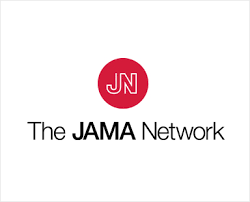Variation in uptake of COVID-19 boosters by fully vaccinated adults
Editor's Note
In this study, researchers at NYC Health + Hospitals, New York City, evaluate how uptake of COVID-19 booster doses among fully vaccinated US adults varied by geographic location, occupation, and sociodemographic characteristics.
Receipt of a booster was defined as taking two or more doses of COVID-19 vaccines with the first being the Johnson & Johnson (Janssen) vaccine, or taking three or more doses of any of the other COVID-19 vaccines.
Of 135,821 adults surveyed from December 1, 2021, to January 10, 2022, less than half (48.5%) of those who were fully vaccinated had received a booster dose, with a state-specific range from 39.1% in Mississippi to 66.5% in Vermont.
The proportion of boosted adults was highest among those:
- who were non-Hispanic Asians (54.1%)
- aged 65 years or older (71.4%)
- with a doctoral, professional, or master’s degree (68.1%)
- who were married with no children in the household (61.2%)
- with annual household income of $200,000 or higher (69.3%)
- enrolled in Medicare (70.9%)
- working in hospitals (60.5%)
- working in funeral homes (60.5%).
The proportion of boosted adults was lowest among those who were:
- diagnosed with COVID-19 (32.5%)
- enrolled in Medicaid (35.2%)
- working in pharmacies (35.9%)
- less than high school educated (34.0%)
- aged 18 to 24 years old (24.0%).
Multivariate analysis found that the likelihood of being boosted was higher in adults working in hospitals, ambulatory surgery centers, and social service settings; whereas, the lower likelihood of being boosted was found in adults working in food or beverage stores and agriculture, forestry, fishing, or hunting industries.
The researchers concluded that targeted efforts at populations with low booster uptake may be needed to improve vaccine coverage in the US.
Read More >>

 Free Daily News
Free Daily News